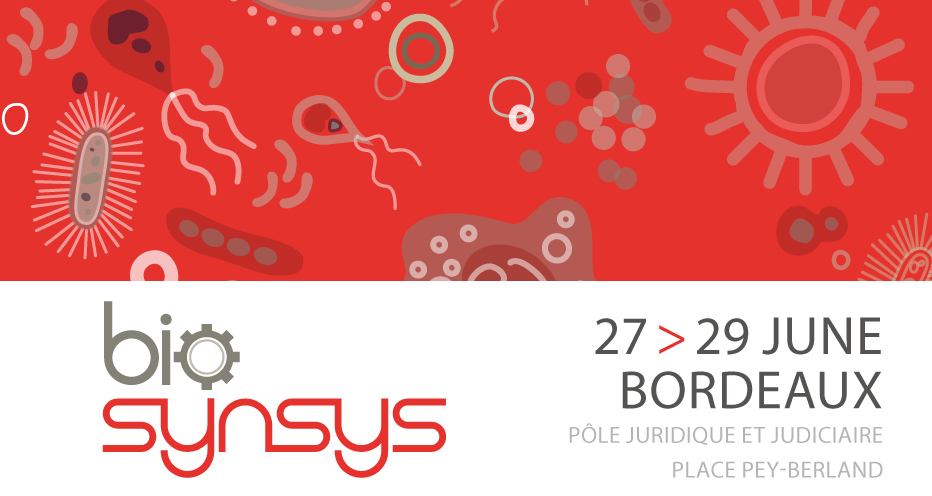It is generally accepted that a sustained and compartmentalized metabolic transformation network is one of the key features of living systems [1]. Our aim is to develop a cofactor- and ATP-dependent metabolic process through a bottom up synthetic biology [2] approach and to reconstitute it in a biomimetic artificial microcompartment. We considered water in oil (w/o) droplets acting as cell-like compartments and used droplet-based microfluidics tools to monitor metabolic or enzymatic activities at very high throughput and single individual level.
Droplet-based microfluidic consists in controlling monodisperse droplets within microfluidic channels [3]. Typically, droplets of picoliter volume are used as independent microreactors and can be manipulated at kHz frequencies. This technology can be used, for example, to build platforms for single-cell analysis and high throughput screening of microorganisms [4, 5].
We developed droplet-based microfluidic tools to detect the metabolic activity of synthetic cells using fluorescence measurements. Microfluidics devices were developed for the encapsulation of purified enzymes and on-chip kinetic measurements: droplets are produced from two aqueous streams (enzyme and co-factor from one side, substrate from the other side) and incubated on a delay line including fluorescence detection points. We first used simple enzymatic reactions as a proof of concept.
Within MaxSynBio (Max Planck Research Network in Synthetic Biology), we consider glycerol metabolism as a model enzymatic cascade involving the ATP-dependent glycerol kinase and the NAD+-dependent glycerol-3-phosphate dehydrogenase. The enzymatic cascade was monitored in droplets based on NADH fluorescence detection. This detection scheme is highly interesting and allows to detect any NAD+-dependent enzyme activity.
We aim to couple the glycerol-based enzymatic cascade with Inverted Membrane Vesicles (IMVs) extracted from E. coli and displaying both NADH dehydrogenase and ATP synthase activities for NAD+ and ATP regeneration. Co-encapsulation of IMVs and enzymes would led to sustained compartment independent from external ATP and NAD+, with IMVs acting as synthetic mitochondria.
These tools could be used for the single cell analysis of the metabolic activities of protocells (liposomes, polymersomes) encapsulated in w/o droplets. They provide versatile platforms for quantitative screening and statistical analysis of large populations of synthetic cells. This technology should bring enormous benefit to Synthetic Biology, for either biotechnological applications of artificial cells or fundamental understanding of living systems mechanisms.
[1] Mann, Angew. Chem. Int. Ed., 52, 155 (2013)
[2] Schwille, Science, 333, 1252 (2011)
[3] Seemann et al, Rep. Prog. Phys., 75, 016601 (2011)
[4] Beneyton et al, Analyst, 139, 3314 (2014)
[5] Beneyton et al, Sci. Reports, submitted

 PDF version
PDF version
